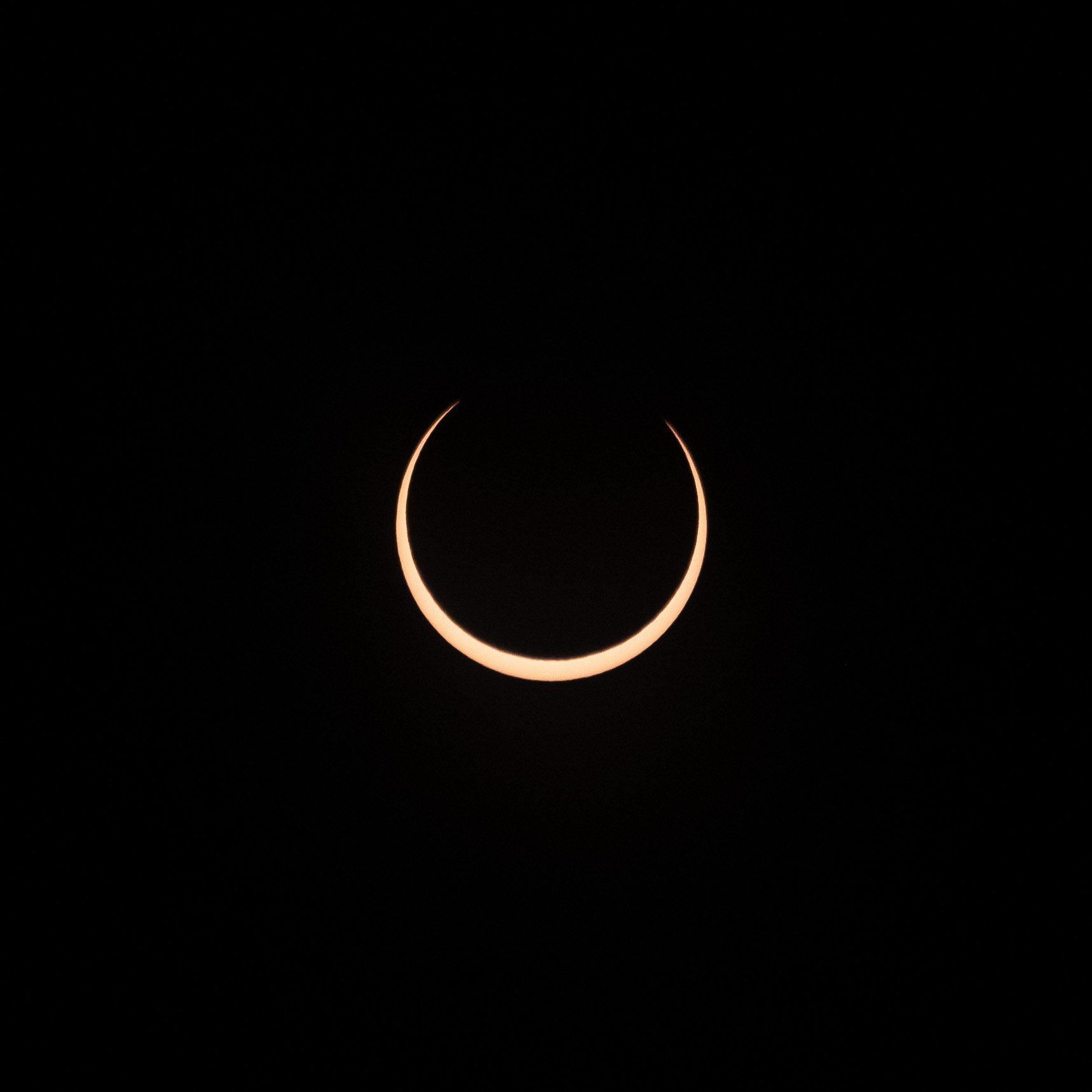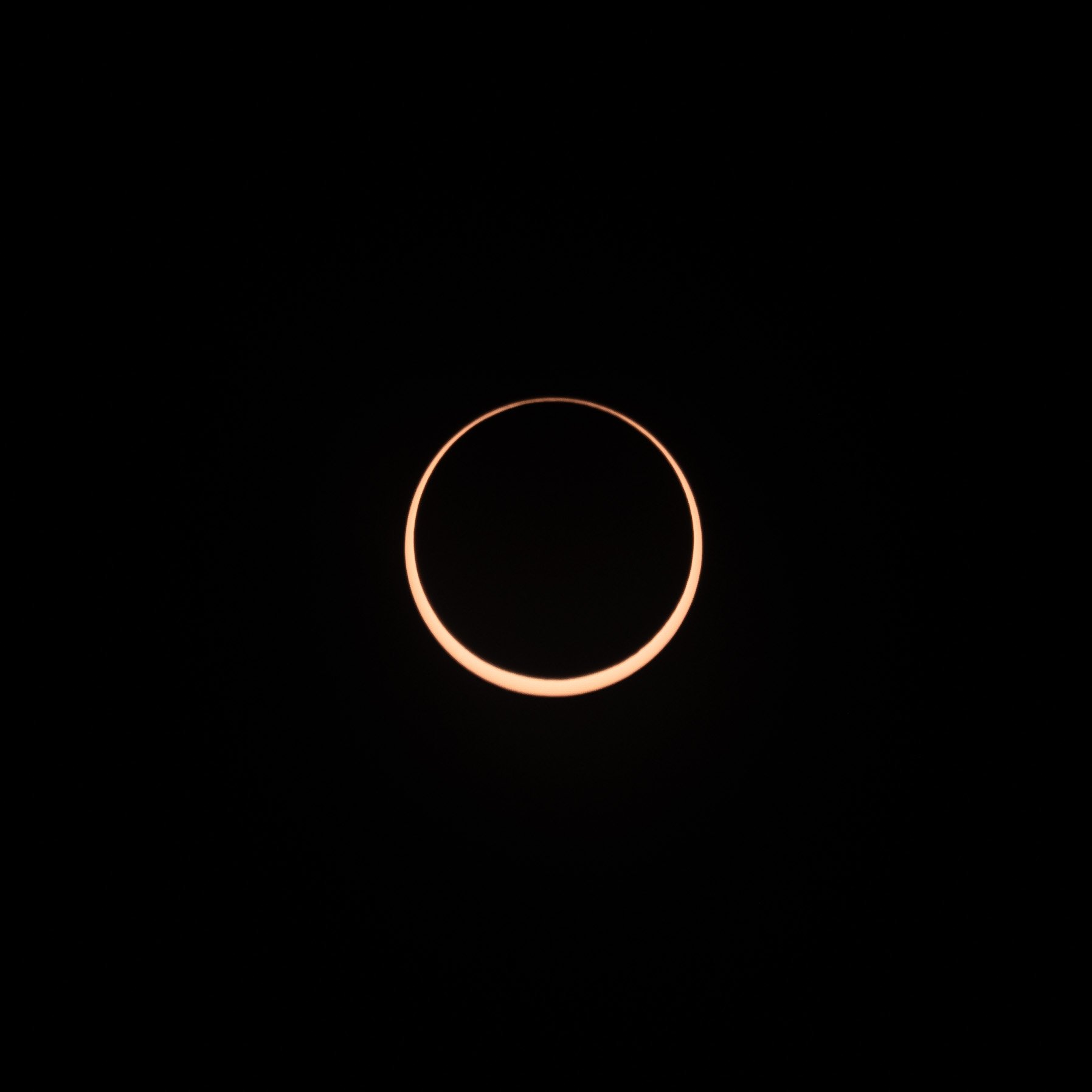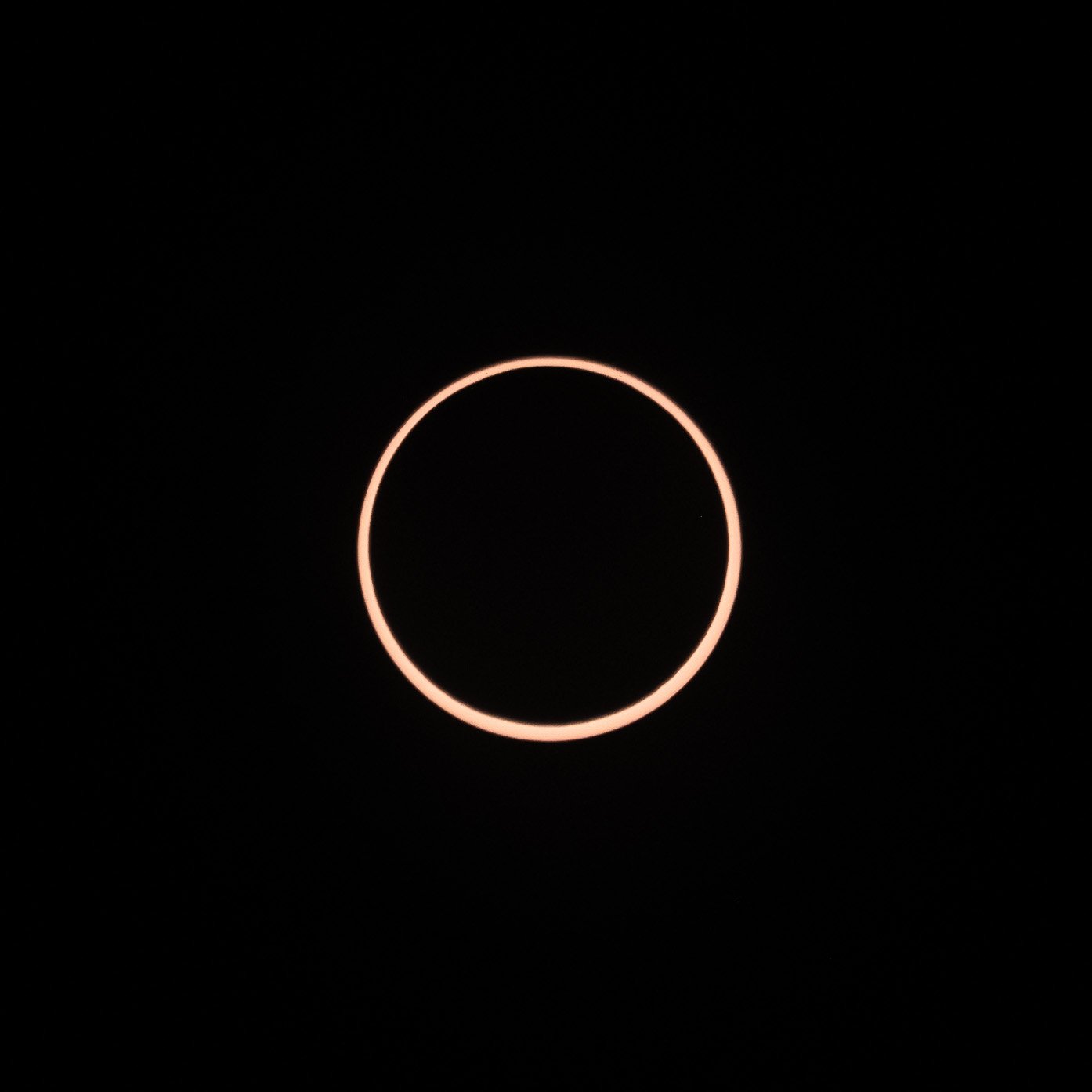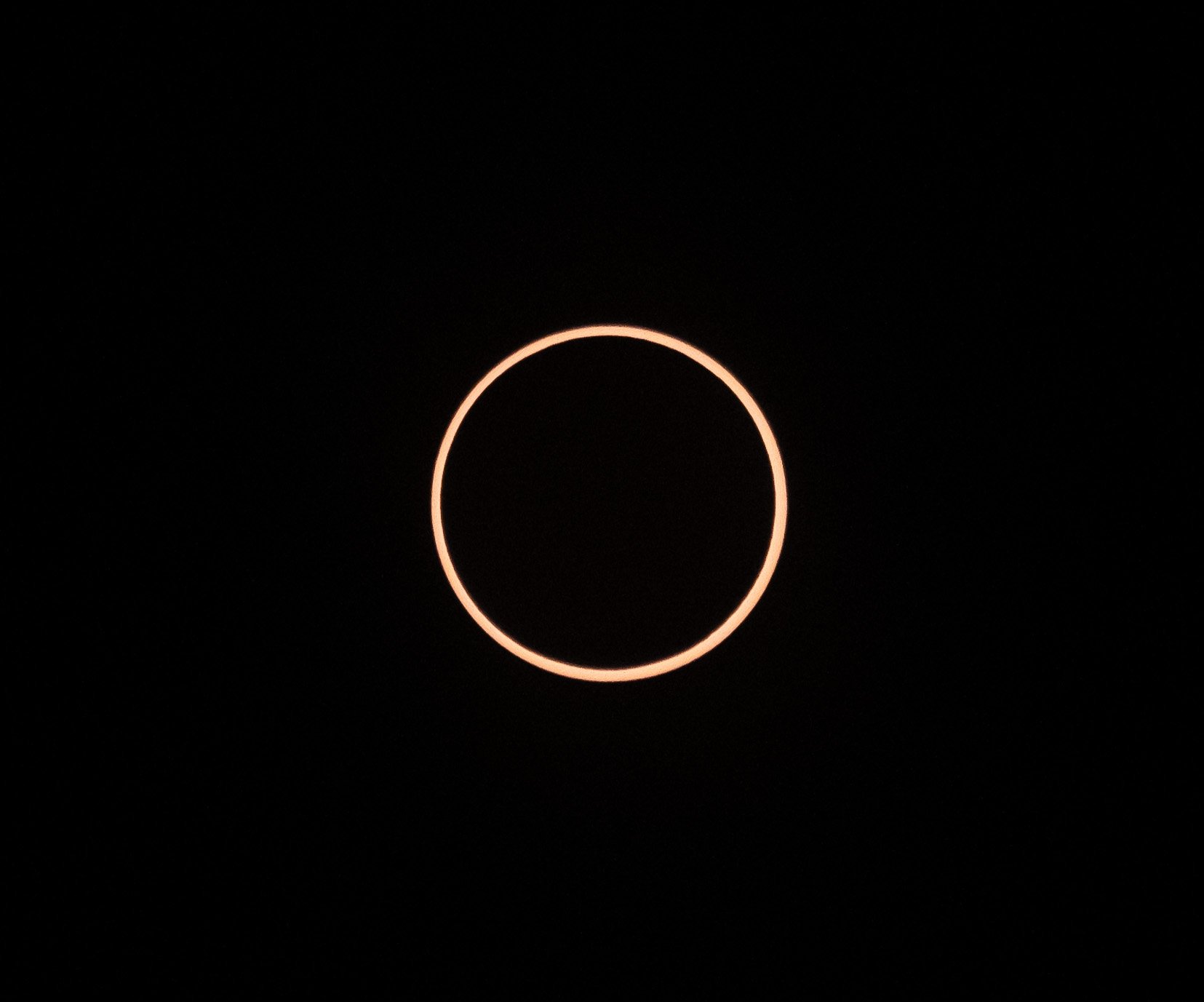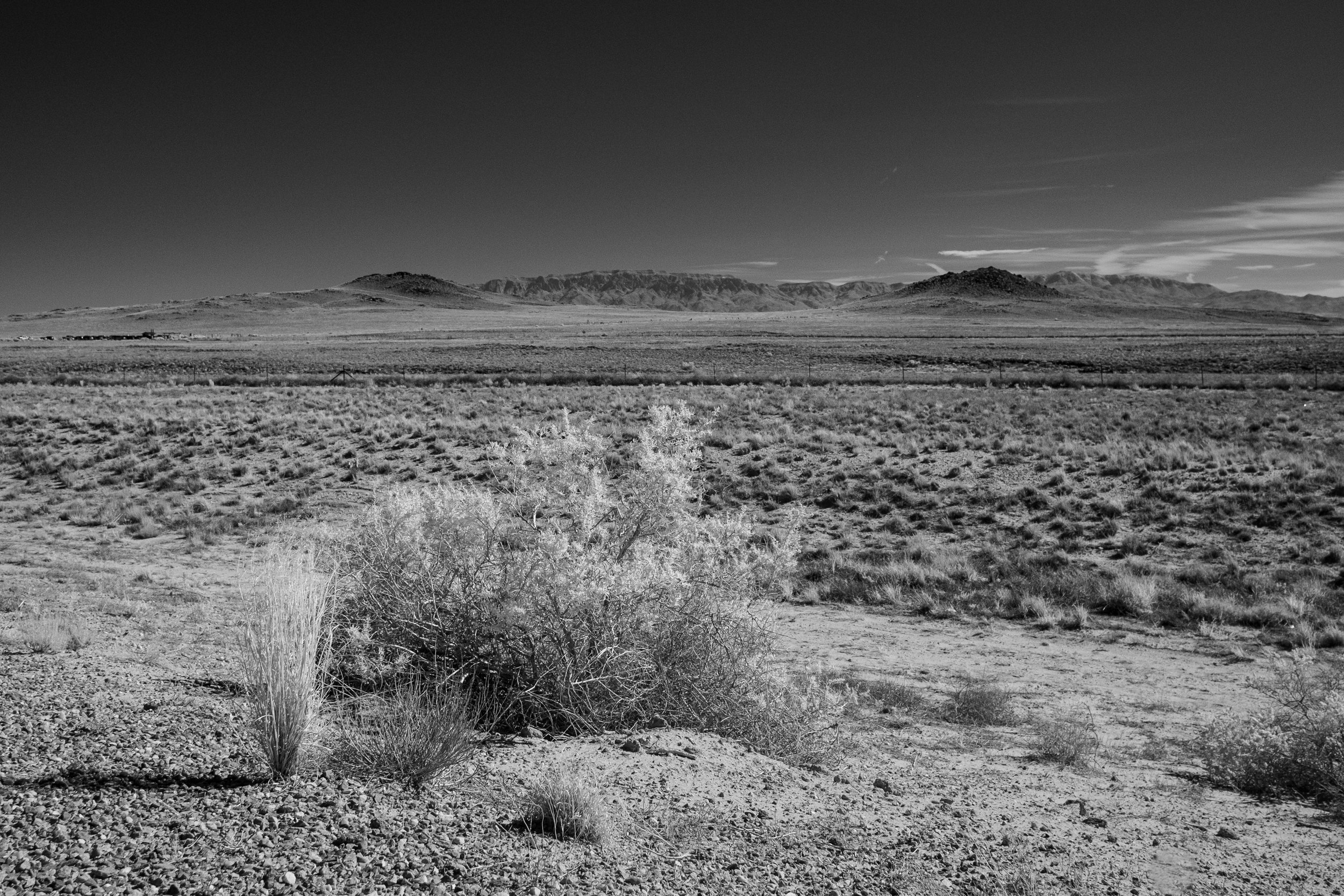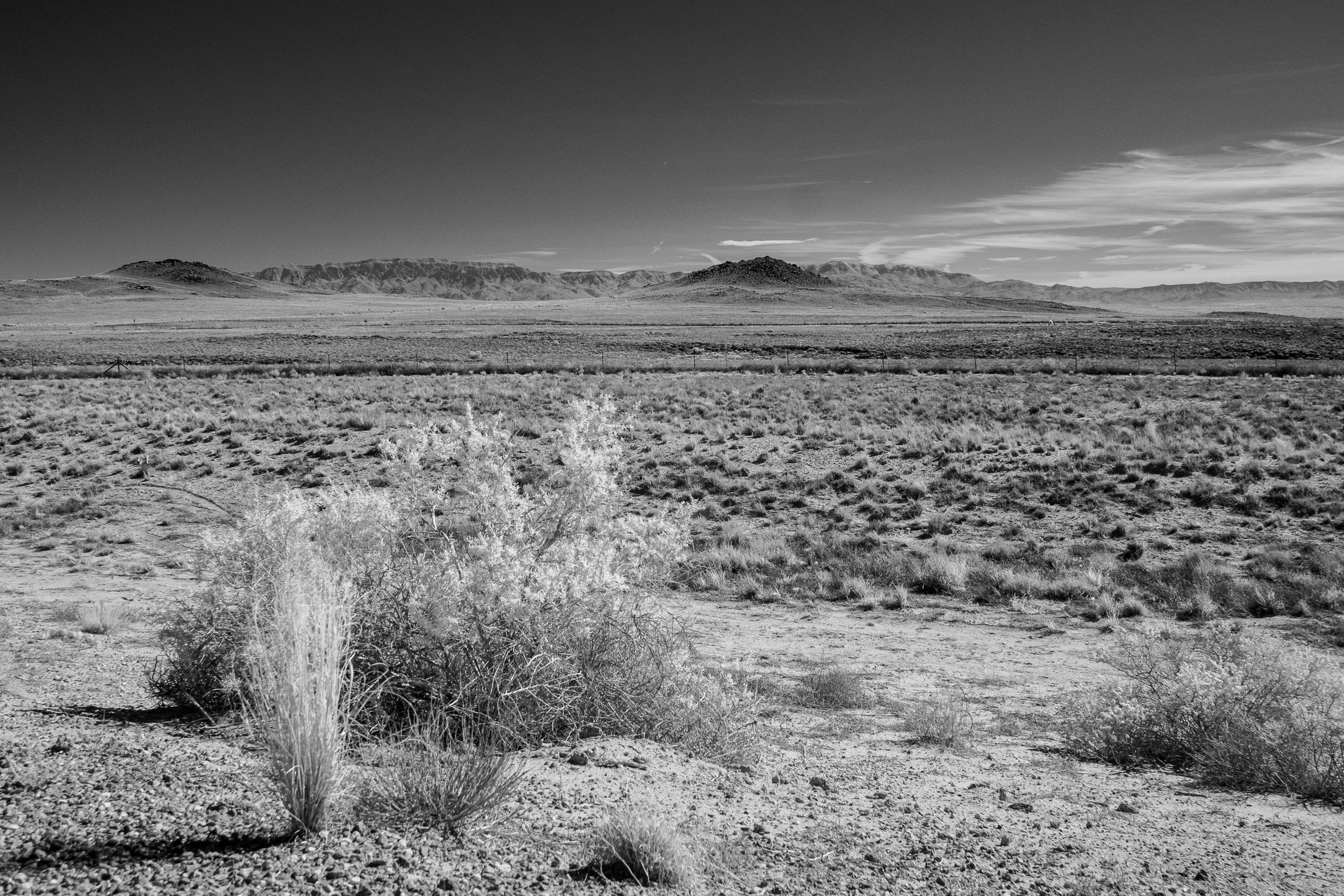Last night we took UW Teton STEM Academy students to the top of Jelm Mountain to visit the Wyoming Infrared Observatory. I spent my time having fun demonstrating long exposure photography to them and relating it to what astronomers do with their telescopic images. In addition to a thank you message to Dr Chip Kobulnicky (our camp director), we also viewed Mars, constellations, and the Milky Way before heading back to campus. Thank you to Rachel Trimbell for the photos of me!
Lake Marie at Night /
I just got back and I’m tired…drove up to Lake Marie and tried to make some astrophotographs. I quite like this one which may include some pink colored aurora?! (I couldn’t see the aurora with my eyes, but in the 8-12 second exposures at high ISO 3200-8000 the pink was quite prominent.) Hope you enjoy.
Dream Lake and an updated Fuji X-T5 /
Another trip west to teach at the UW Teton STEM Academy and an overnight campsite at Rocky Mountain National Park. This time with a new Fuji X-T5 (replacing my X-T3). I hiked up to Dream Lake, discovered I forgot all my filters in Ohio, but still made this photo. I also took the bottom photo at Emerald Lake with my iPhone.
I’m getting used to the new camera and tripod and am excited about visiting Lake Marie in Wyoming this weekend and then visiting the Sawtooth Mountains in Idaho later this month.
Lake Marie Infrareds /
I visited the Snowy Range on Saturday morning and found an angler fly fishing in Lake Marie. It seemed like a perfect time to try some infrared photography. Shot on my modified Fuji X-T1, these are some of the edited shots I liked. Right click on an image to open in a new tab to show full screen.
Snowy Range Explorations /
As I typically do the Saturday before science camp here in Wyoming, I drove up to the Snowies west of Centennial, Wyoming. The light this morning was beautiful and I was pleased with some clouds in the sky as well. It was quiet, calm, and beautiful.
I also think I saw fossilized stromatolites!
All of these images were shot with an iPhone 15 Pro Max.
More to come in the following days as I process images from my other cameras.
Total Solar Eclipse from Dayton, OH /
We really had pretty good weather after lots of worry about clouds in the forecasts leading up to April 8! Ken and I photographed our 3rd eclipse together and the near solar maximum corona did not disappoint! Here’s a quick 1st pass edit of our star followed by an image as processed by Lightroom’s AI de-noising software.
The third image is one that I took a bit more time thinking about and processing. It’s one of the first images I took during the eclipse with the shortest capture time. Less of the outer corona is visible, but this allows for more details to emerge in the atmosphere closest to the Sun—including some indications of solar prominences!
ISO 800, f/7.1, 1/500 s, Fuji X-T3, 300mm, processed in Lightroom
Annular Eclipse 2023 /
We’ve been planning to shoot this event together for about 6 years now and today we did it! From Petroglyph National Monument (near Albuquerque, NM) we witnessed a rare event for any human—an annular eclipse of the Sun. Still processing photos and the experience but here are a few early edits of the eclipse and a couple infrared shots of the landscape surrounding us. Glad to experience this with my good friend and fellow photography enthusiast Ken Latman!
Architectural Explorations in Chicago /
I’m spending two weeks in the Chicago area at a physics modeling instruction workshop and I decided to have a bit of touristy fun in the city on an architecture focused river cruise (https://www.architecture.org/). Although I’ll probably work on some more photos once I get home, I thought I’d share this one now.























